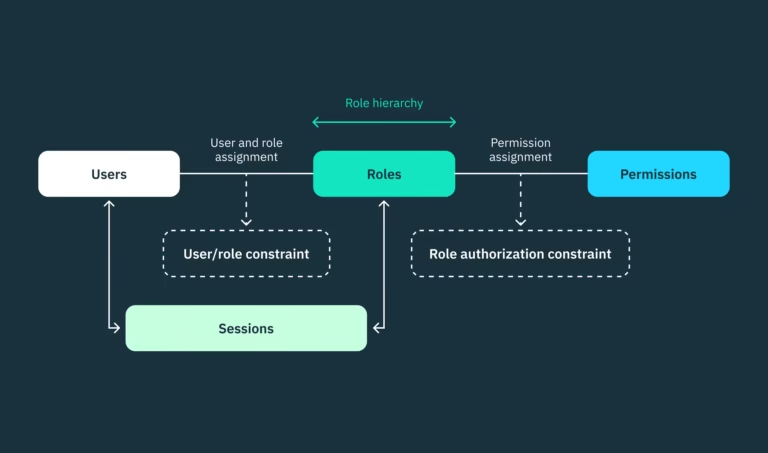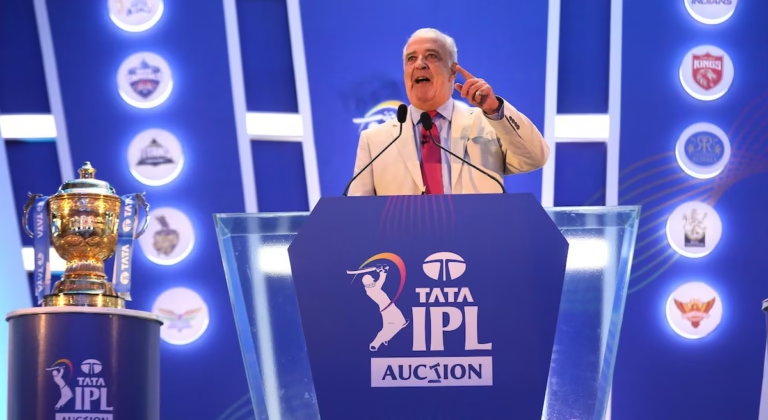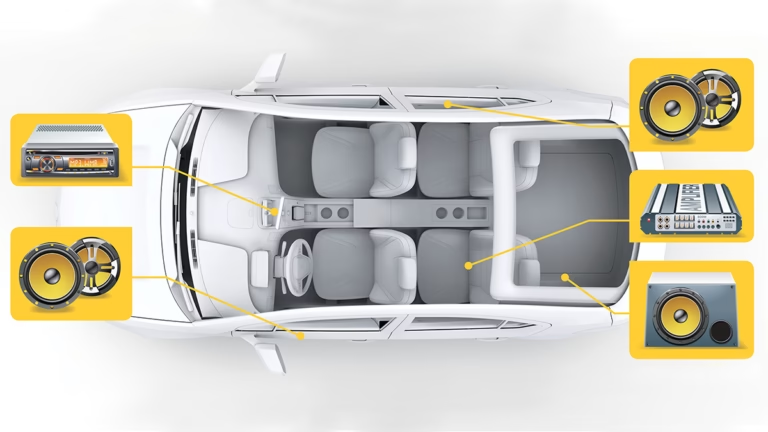
Modi’s 3.0 Government Examines Budgetary Choices: Split Session vs. Single Parliament Sitting
The government of Prime Minister Narendra Modi, which is about to begin its third term, must decide whether to hold a split session or a single continuous sitting for the 2019 budget session. This decision is crucial because it will affect how well budget talks go and how the fiscal year’s financial goals are carried out.
Just One Parliamentary Seat
During a single sitting of parliament, budget talks take place nonstop. This approach has a number of benefits:
Focused Deliberation: Ongoing sessions facilitate debates without interruption, which aids in preserving coherence and momentum.
Timely Decisions: Decisions and approvals can be accelerated in the absence of pauses, guaranteeing that budgetary provisions be implemented on schedule.
Administrative Efficiency: By streamlining logistics, this strategy lowers expenses and demands on resources.
But there are drawbacks as well, such the possibility of legislator weariness and a lack of time for public participation and criticism.
Divided Session
A split session, on the other hand, consists of dividing the budget session into two or more halves and interspersing them with breaks. There are advantages to this approach of its own:
Thought and Analysis: During the break, MPs have the opportunity to thoroughly examine proposals, which could result in better judgements.
Enhanced Public Involvement: Extended periods of time for public review and comment strengthen democratic participation.
Diminished Influence on Politicians: Parliamentarians can relax during breaks and return to the table renewed for more discussions.
The main drawback is the possibility of delays and possible breaks in the flow of conversations, which could cause the budget approval procedure to drag on longer.
When the Budget Is Announced
The Indian government releases the budget on February 1st every year. With this timeline, the legislative procedure will be finished before the start of the next fiscal year on April 1. The government’s plans for revenue and expenditure for the next fiscal year are outlined in the budget that the Finance Minister presents to the Lok Sabha. The President’s address usually opens the session, and both houses of Parliament then have in-depth discussions.
In summary
For Modi’s 3.0 government, the choice between a single parliament sitting and a split session is crucial since it determines the parameters for India’s financial planning and the effectiveness of its legislative process. Every alternative has advantages and disadvantages, and the government’s strategy for striking a balance between thorough investigation and prompt decision-making will be reflected in the selection.
The government’s choice on this issue will be widely monitored as India awaits the budget session, since it would affect not just the legislative process but also the country’s overall economic policy.








